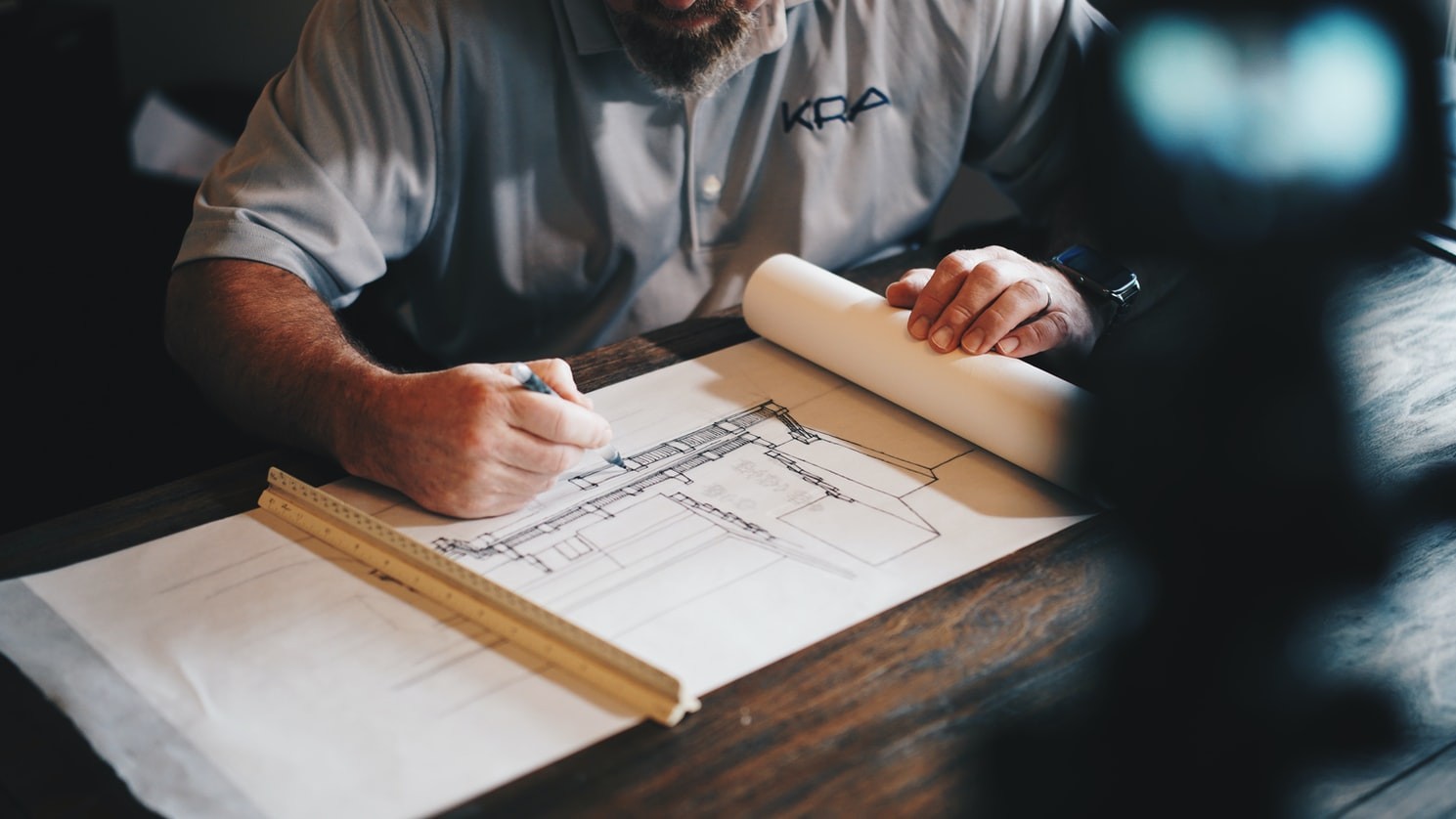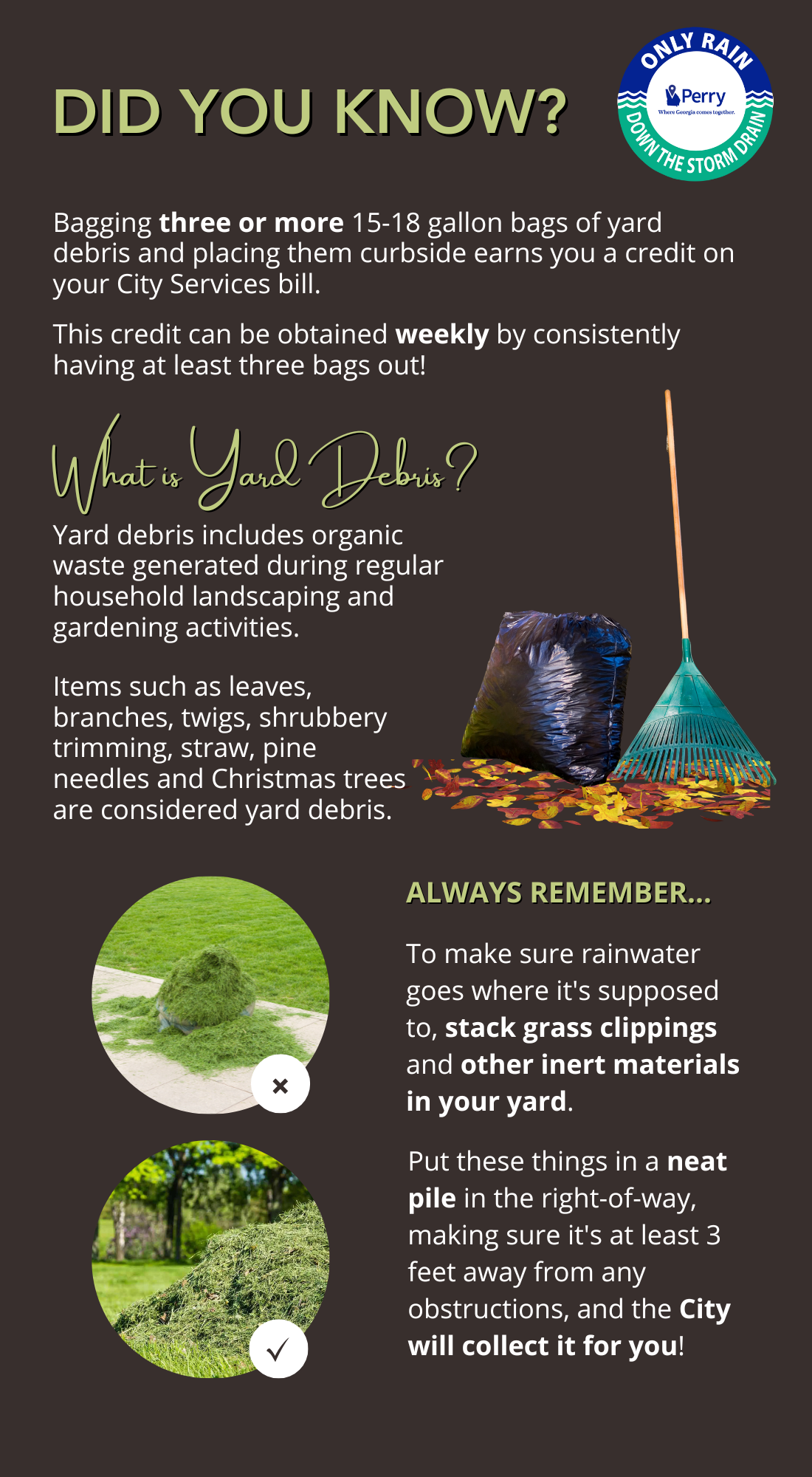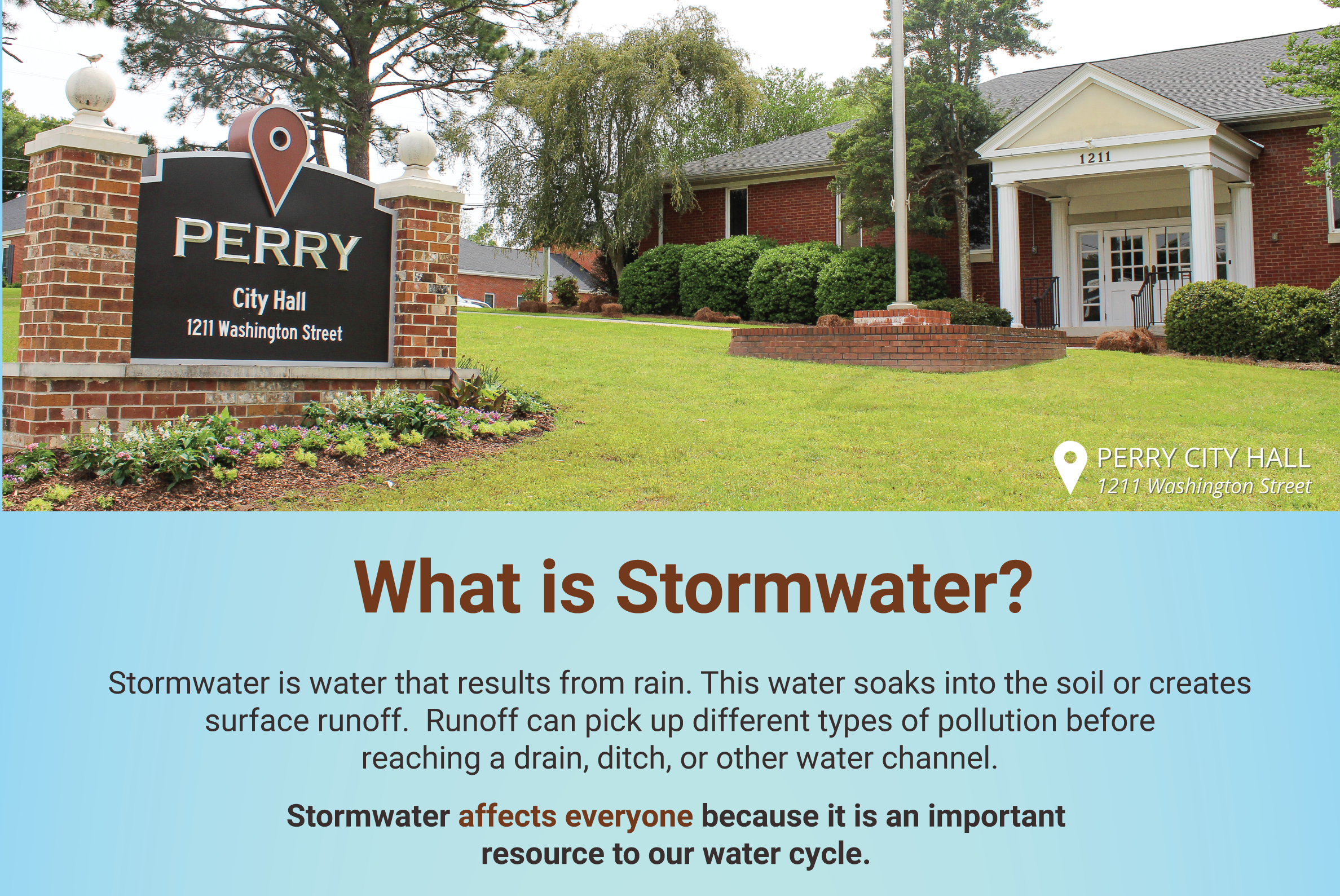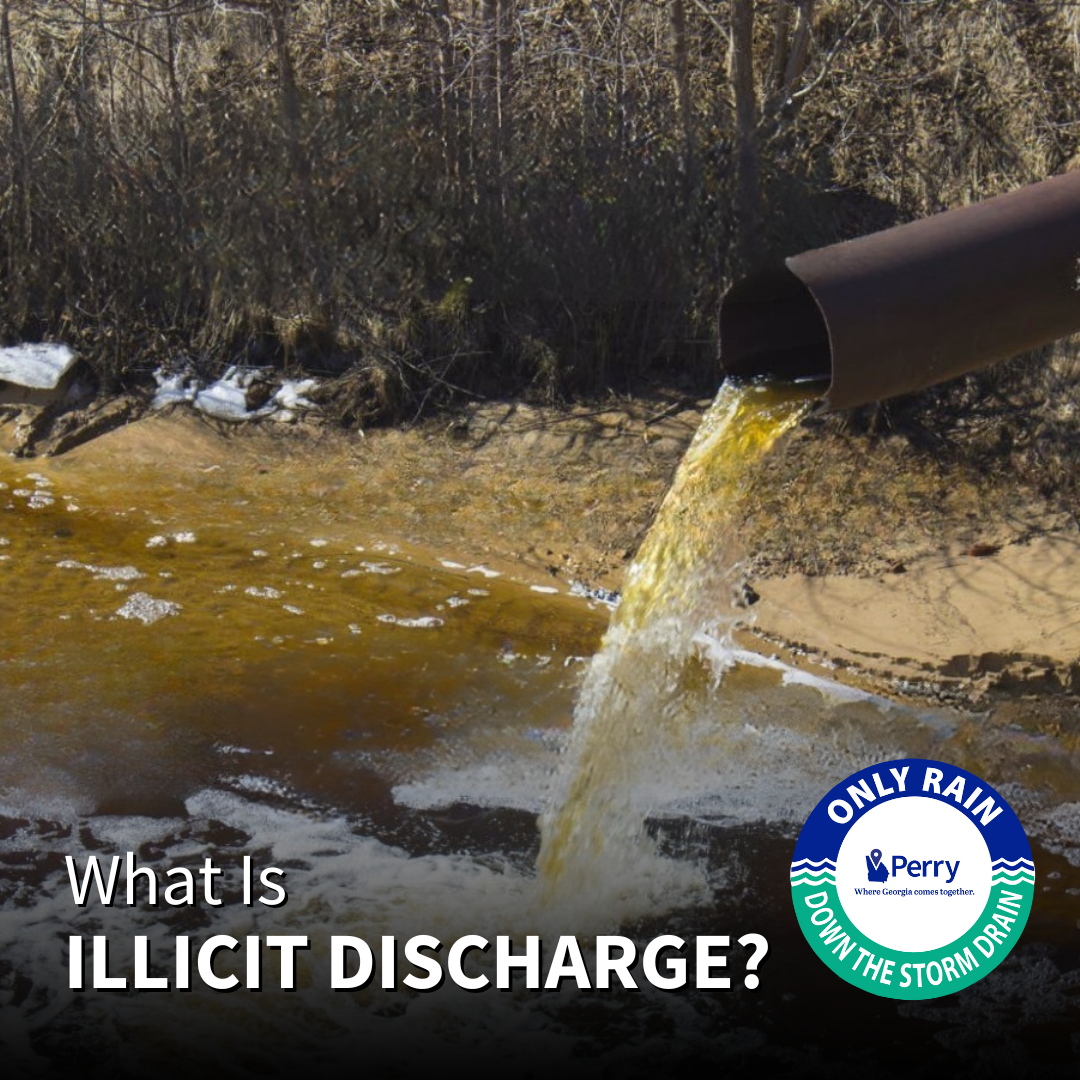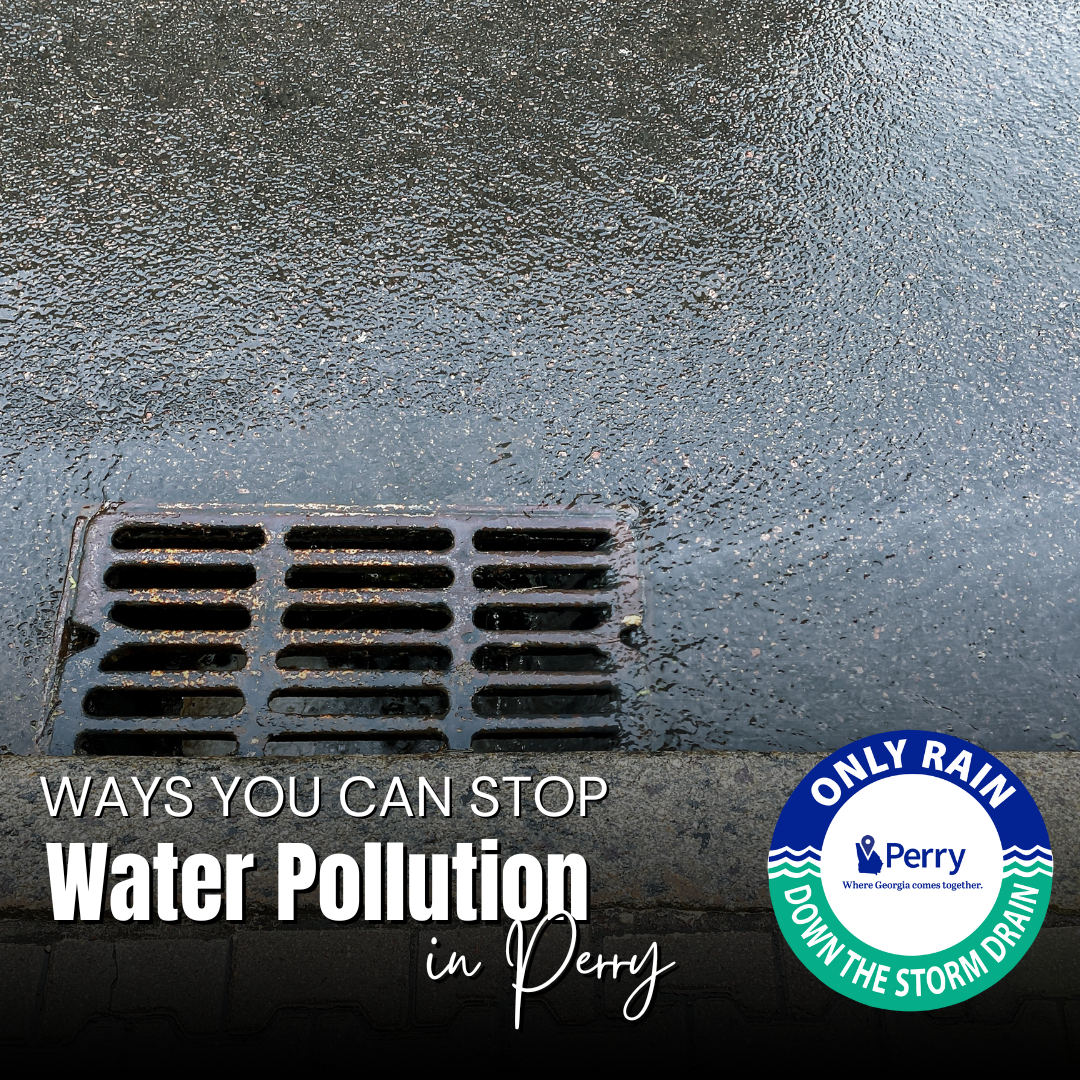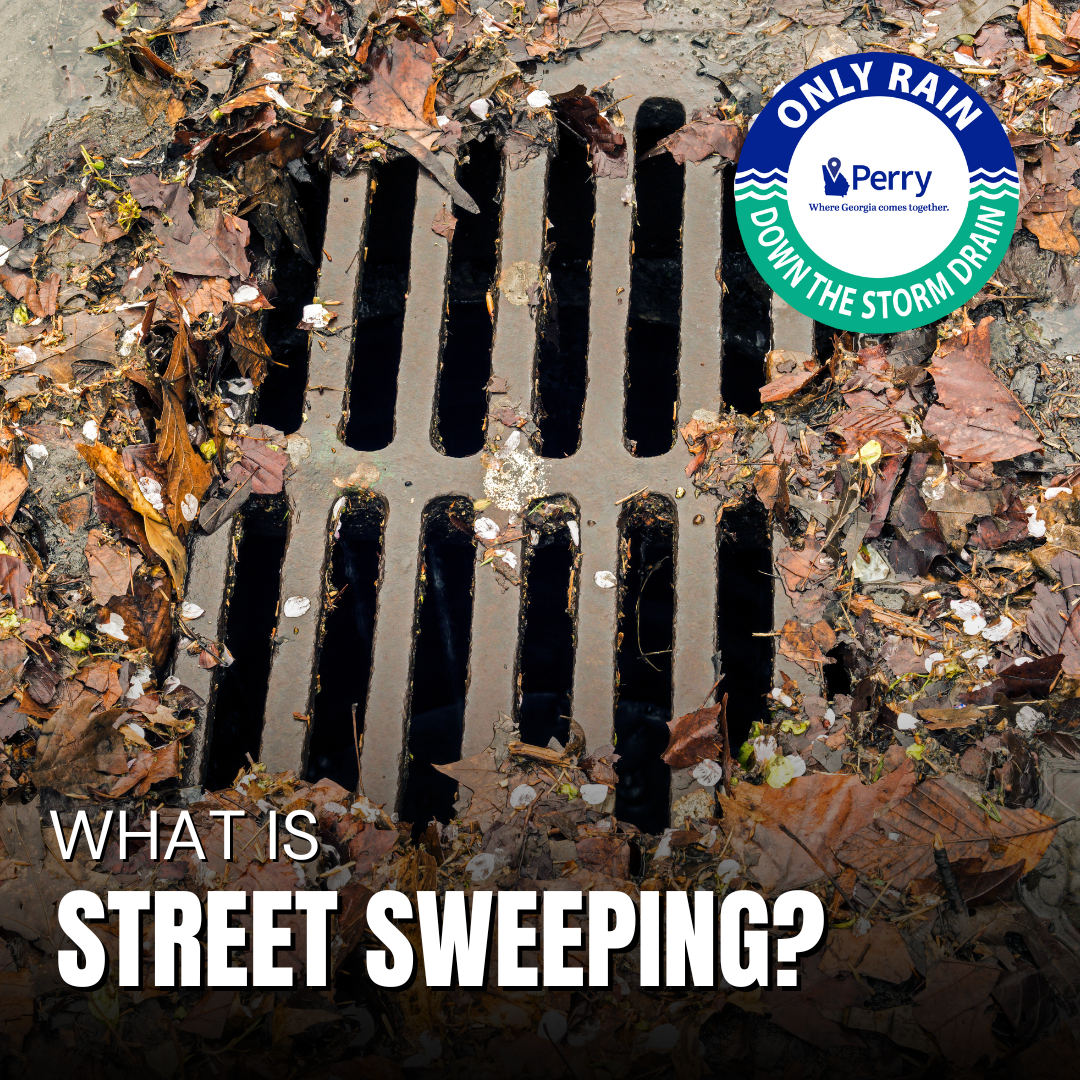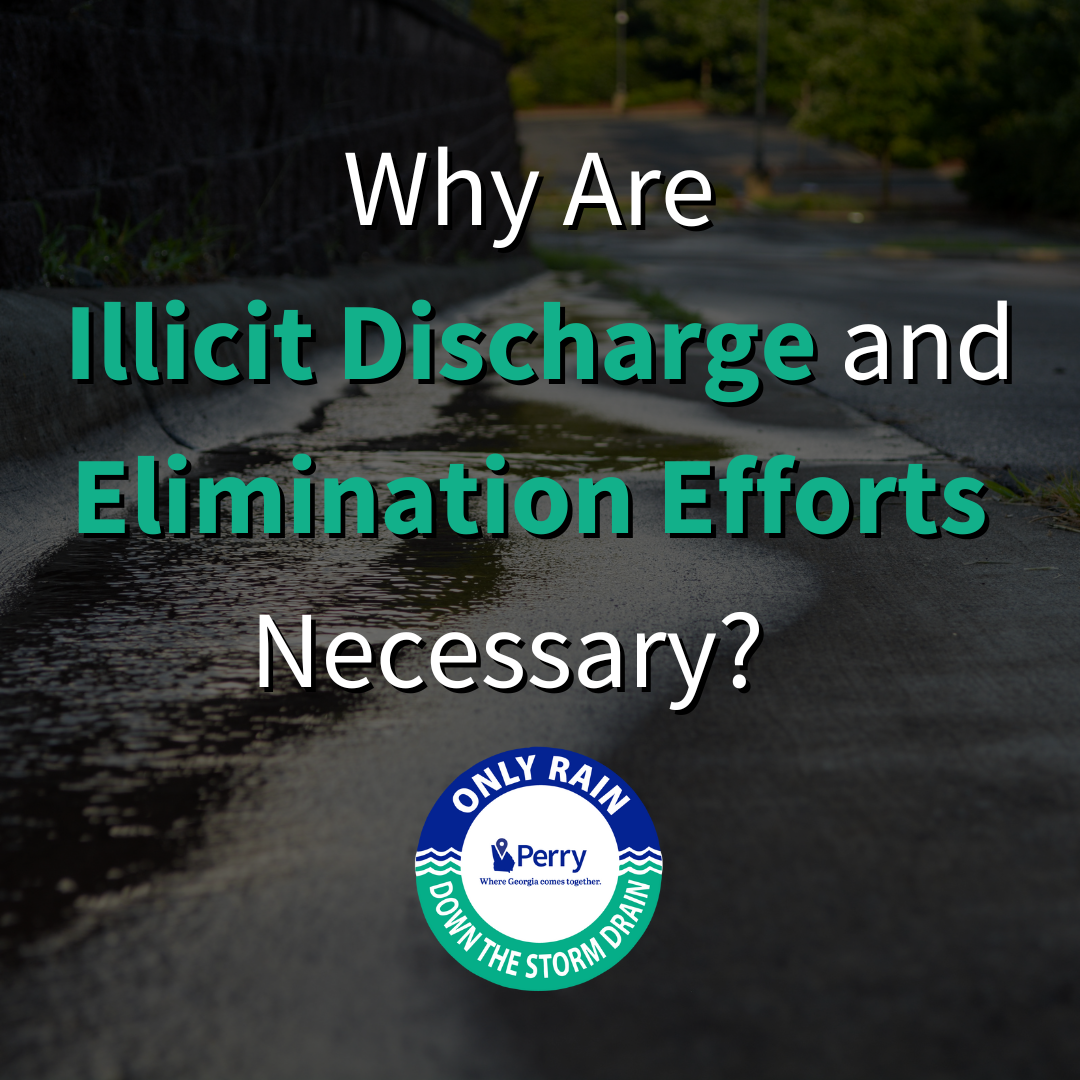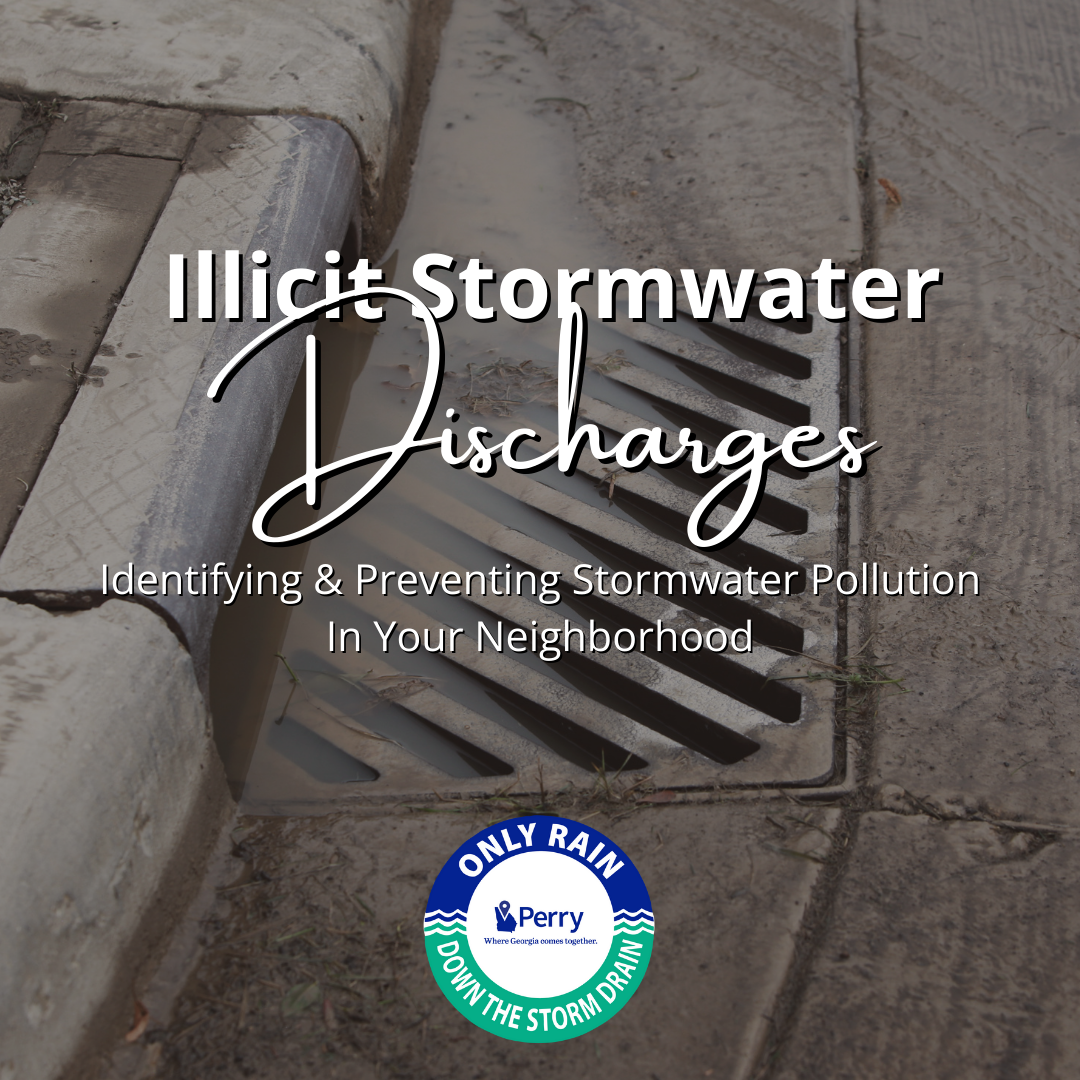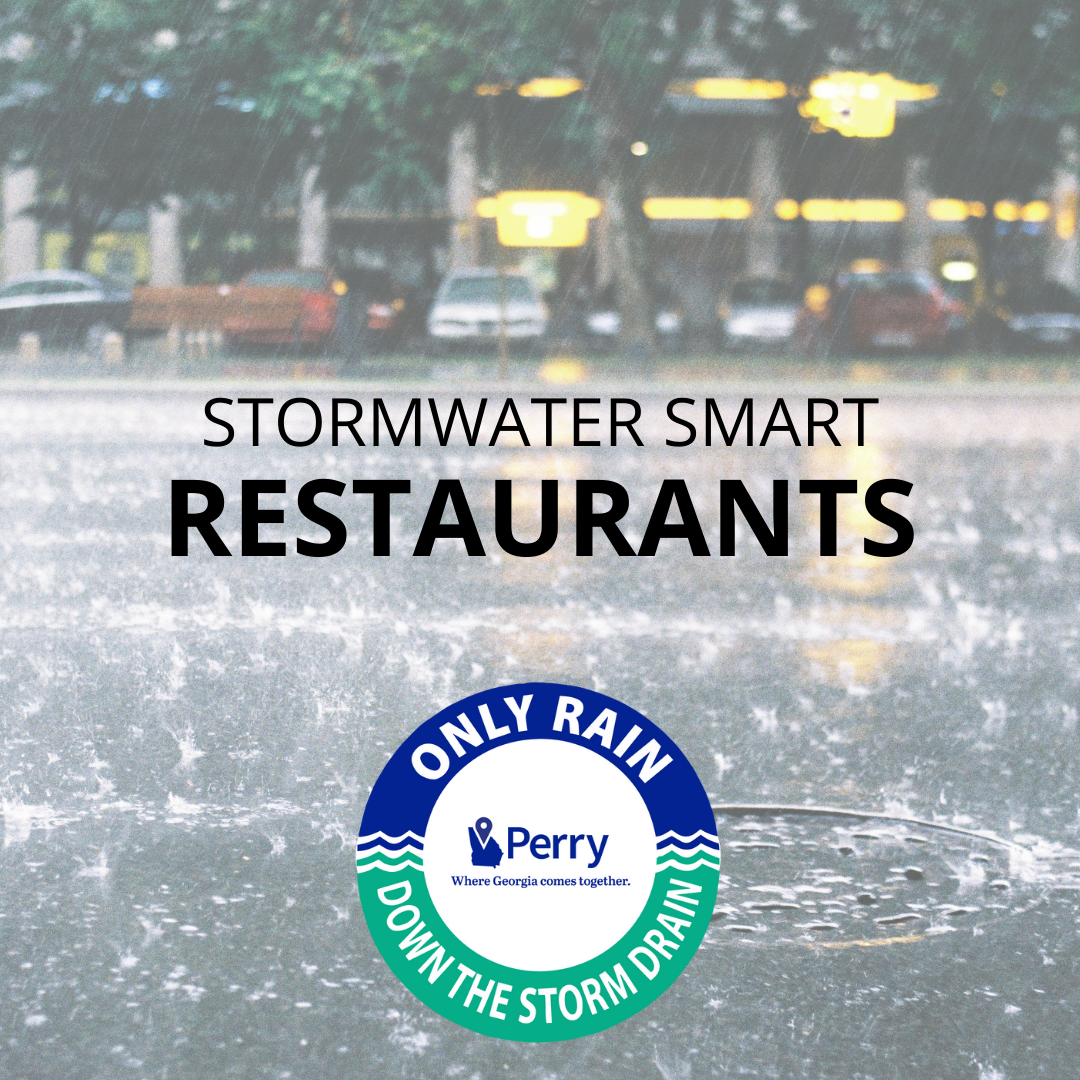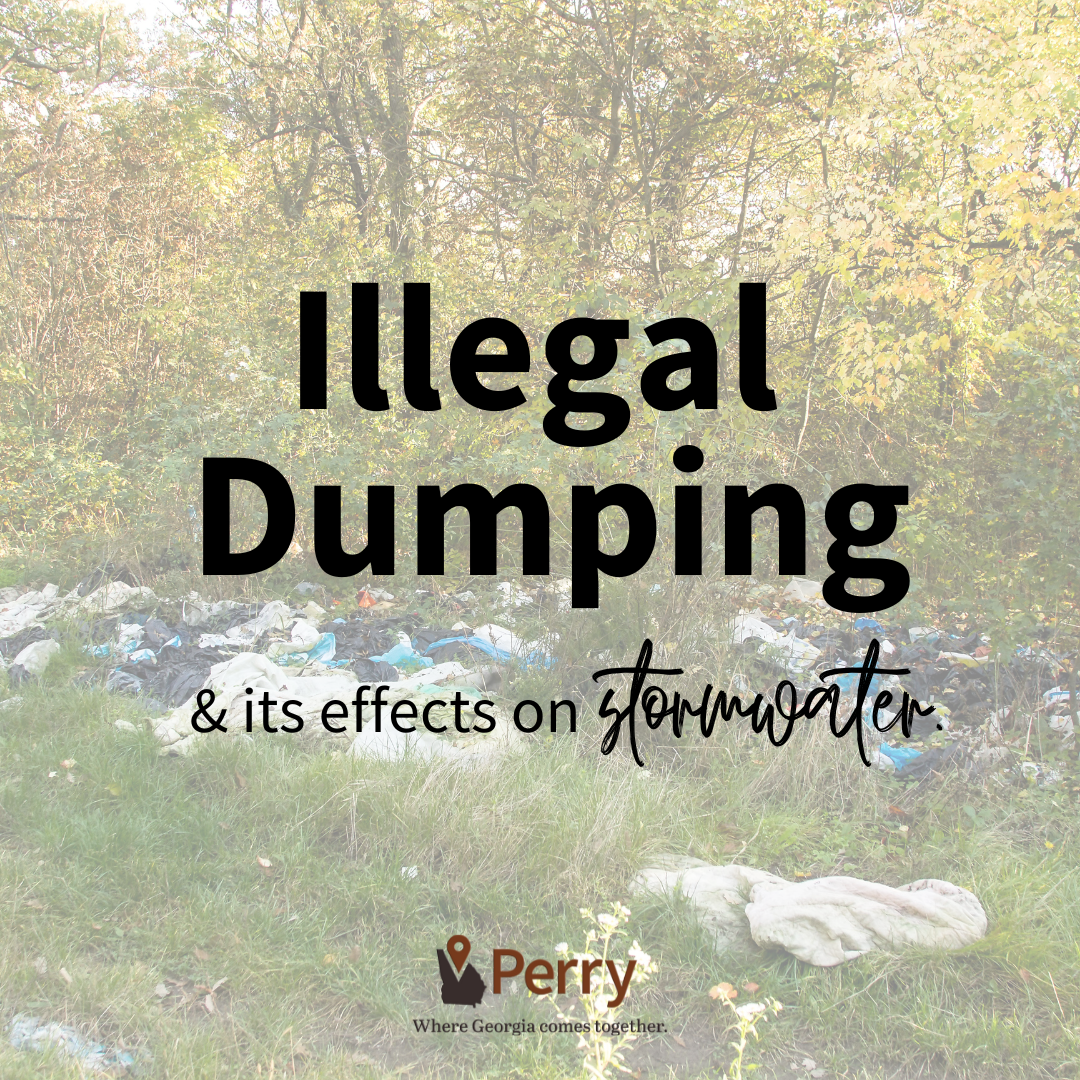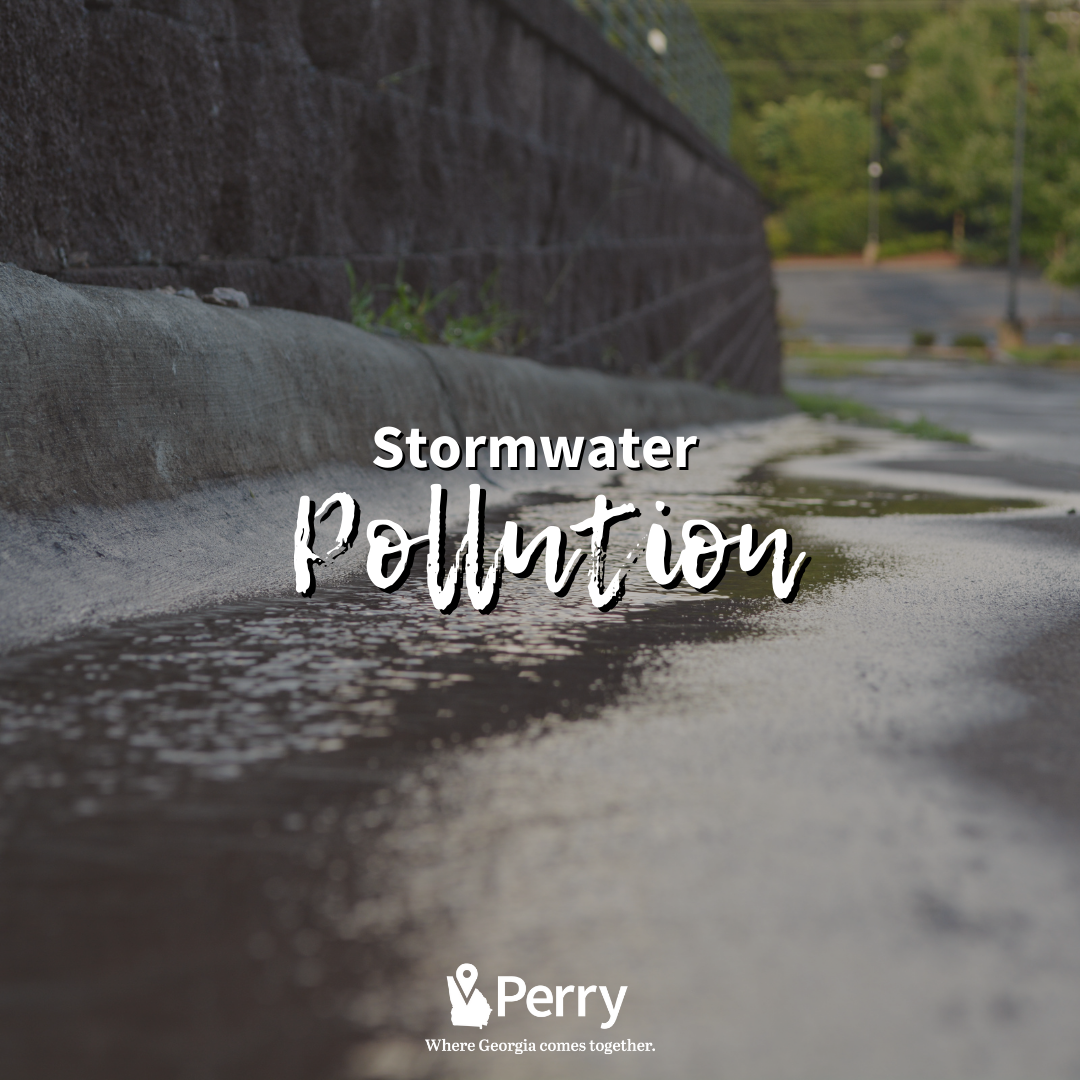Our Mission
In urban and suburban areas, much of the land surface is covered by buildings and pavement, which do not allow rain and snowmelt to soak into the ground. Instead, most developed areas rely on storm drains to carry large amounts of runoff from roofs and paved areas to nearby waterways.
The stormwater runoff carries pollutants such as oil, dirt, chemicals, and lawn fertilizers directly to streams and rivers, where they seriously harm water quality. To protect surface water quality and groundwater resources, development should be designed and built to minimize increases in runoff.
To report stormwater issues, please call 478-988-2735.
How Urbanized Areas Affect Water Quality
Increased Runoff - The porous and varied terrain of natural landscapes like forests, wetlands, and grasslands traps rainwater and snow melt and allows them to filter slowly into the ground. In contrast, pervious (nonporous) surfaces like roads, parking lots and rooftops prevent rain from infiltrating, or soaking, into the ground. Most of the rainfall remains above the surface, where it runs off rapidly in unnaturally large amounts.
Storm sewer systems concentrate runoff into smooth, straight conduits. This runoff gathers speed and erosional power as it travels underground. When this runoff leaves the storm drains and empties into a stream, its excessive volume and power blast out streambanks, damaging streamside vegetation and wiping out aquatic habitat. These increased storm flows carry sediment loads from construction sites and other denuded surfaces and eroded streambanks. They often carry higher water temperatures from streets, roof tops, and parking lots, which are harmful to the health and reproduction of aquatic life.
The loss of infiltration from urbanization may also cause profound groundwater changes. Although urbanization leads to great increases in flooding during and immediately after wet weather, in many instances it results in lower stream flows during dry weather. Many native fish and other aquatic life cannot survive when these conditions prevail.
These pollutants can harm fish and wildlife populations, kill native vegetation, foul drinking water supplies, and make recreational areas unsafe and unpleasant.
Did you know that because of impervious surfaces like pavement and rooftops, a typical city block generates more than 5 times more runoff than a woodland area of the same size?
The most recent National Water Quality Inventory reports that runoff from urbanized areas is the leading source of water quality impairments to surveyed estuaries and the third-largest source of impairments to surveyed lakes.
Increased Pollutant Loads
Urbanization increases the variety and amount of pollutants carried into streams, rivers, and lakes. The pollutants include:
- Sediment
- Oil, grease, and toxic chemicals from motor vehicles
- Pesticides and nutrients from lawns and gardens
- Viruses, bacteria, and nutrients from pet waste and failing septic systems
- Heavy metals from roof shingles, motor vehicles, and other sources
- Thermal pollution from dark impervious surfaces such as streets and rooftops
